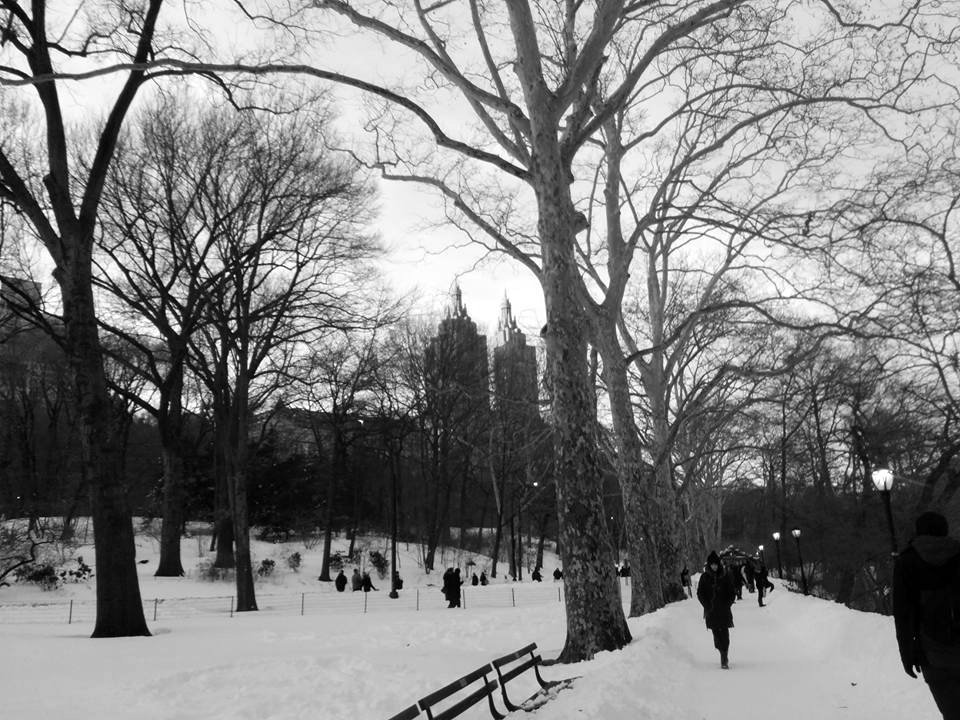Antonia Martinez
A text message stopped me dead in my tracks: “The moving truck is coming next Friday.” So soon? Wasn’t it only a few weeks ago that my cousin mentioned the idea of relocating to Nevada? She has lived in New York City her entire life. Now, here she was nearly all packed and ready to leave for good. “What made you want to leave now?,” I asked. “It’s the cold,” she said, revealing that heading for warmer pastures had been a secret desire for years. “I get so depressed in the winter time.” Coincidentally, I had just been reading about people like her. “That’s a thing,” I told her. “Yeah,” she said. “I know.”
That “thing” is seasonal affective disorder (SAD), a pattern of recurring depression that coincides with the change of seasons. Winter SAD, or winter depression, is the most common. Symptoms appear in fall or winter then subside with the return of spring or summer. Reverse SAD, or summer depression, is rare, accounting for only one-tenth of cases. SAD affects an estimated 1-10% of the global population, predominantly those living far from the equator. It is more prevalent in women than men and more frequently starts in young adulthood. Roughly 10 million Americans suffer from SAD.
The clinical definition of seasonal affective disorder began appearing in the scientific literature in the 1980s, but the phenomenon of illness triggered by seasonal change has been described since ancient times, including by Hippocrates himself. Yet, the exact cause remains elusive. Many scientists believe that seasonal shifts in the amount of available sunlight create imbalance in the hormones that affect our mood and internal clock, triggering depression. Reduced sunlight reduces levels of our “happiness hormone,” serotonin and increases levels of the ominous-sounding “hormone of darkness,” melatonin, which affects sleep patterns. However, some scientists question if SAD really exists.
Signs and Symptoms
If you find yourself desperately seeking brightly lit or sunny places every winter or keeping the lights burning all night at home, you might have SAD or a less severe form of the condition called “winter blues.” In his book, Winter Blues, SAD research pioneer Norman Rosenthal, M.D. says many sufferers instinctively gravitate toward light in an effort to feel better, but don’t necessarily make the connection. Some people worsen their condition by withdrawing to dimly lit or dark places in response to their darker mood. Other unhealthy attempts to self-medicate include overeating and excessive use of stimulants. Common signs and symptoms of SAD include:
Winter SAD: low energy and extreme fatigue, difficulty waking up, increased cravings for sweets and starches, increased cravings for alcohol, caffeine, nicotine or recreational drugs, weight gain, poor concentration, feeling down or depressed, social withdrawal, decreased sex drive, and unexplained aches and pains.
Summer SAD: poor sleep or insomnia, loss of appetite, weight loss, and anxiety.
Treatment and Prevention
If left untreated, SAD can become more severe, leading to other problems, including serious mental health issues such as eating disorders and suicidal thoughts. Treatment may include light therapy, medication, psychotherapy, and mind-body techniques such as meditation and relaxation techniques. Light therapy, the go-to treatment for SAD, exposes the patient to full-spectrum bright light in an attempt to rebalance hormone levels and readjust the internal clock. However, people may mistake SAD for conditions that have look-alike symptoms, among them: seasonal bipolar disorder, hypothyroidism, hypoglycemia, and chronic fatigue syndrome. So it’s important to consult your physician if you think you may have seasonal affective disorder. Preventative measures you can take to help reduce symptoms or your chances of triggering SAD include: exercise regularly, spend more time outdoors, stay socially active, restrict your sleep to 7-9 hours a night, eat a balanced diet, reduce stress, use full spectrum light bulbs and home and work, get plants, and add color to your walls and wardrobe.
Explore these resources to learn more about SAD:
Winter Blues: Seasonal Affective Disorder and How to Overcome It, Norman Rosenthal, M.D.
Seasonal Affective Disorder (NIH)
Seasonal affective disorder (SAD) (Mayo Clinic)
Why Winter Makes You SAD: Seasonal Affective Disorder Explained (The Royal Institution YouTube Channel)

